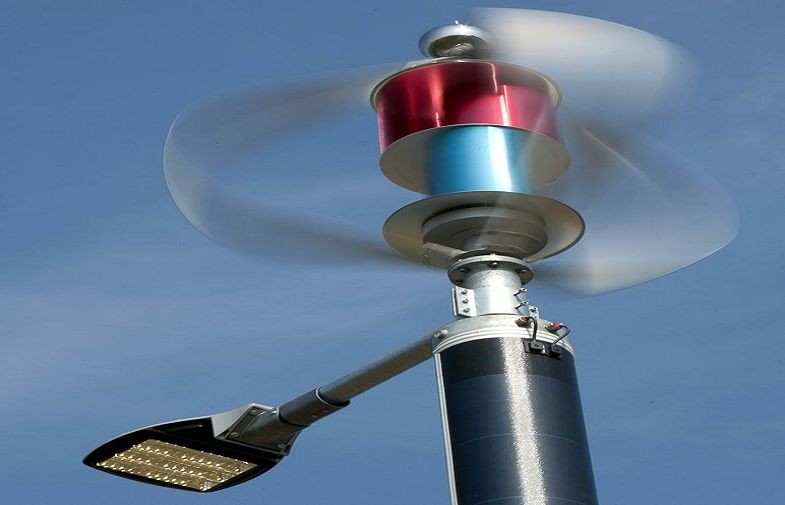Di PT Centra Rekayasa Enviro, kami berada di garis depan inovasi energi terbarukan dengan menyediakan Solusi Energi Angin canggih yang disesuaikan untuk memenuhi kebutuhan berbagai sektor seperti telekomunikasi, manufaktur, dan infrastruktur perkotaan. Kami menawarkan tiga sistem utama:
- Smart Wind System
- Hybrid Wind-Solar System
- Maglev Wind System
Berikut penjelasan masing-masing:
1. Smart Wind System

Sistem cerdas yang mengoptimalkan produksi energi dengan sensor dan pemantauan waktu nyata.
2. Hybrid Wind-Solar System

Menggabungkan energi angin dan matahari untuk pasokan daya berkelanjutan.
3. Maglev Wind System

Turbin dengan teknologi levitasi magnetik yang efisien dan rendah suara.
For further inquiries or to explore how our Wind Power Solutions can benefit your operations, please contact us at:
Email: info@cr-enviro.com
Phone: 0811-110-3650